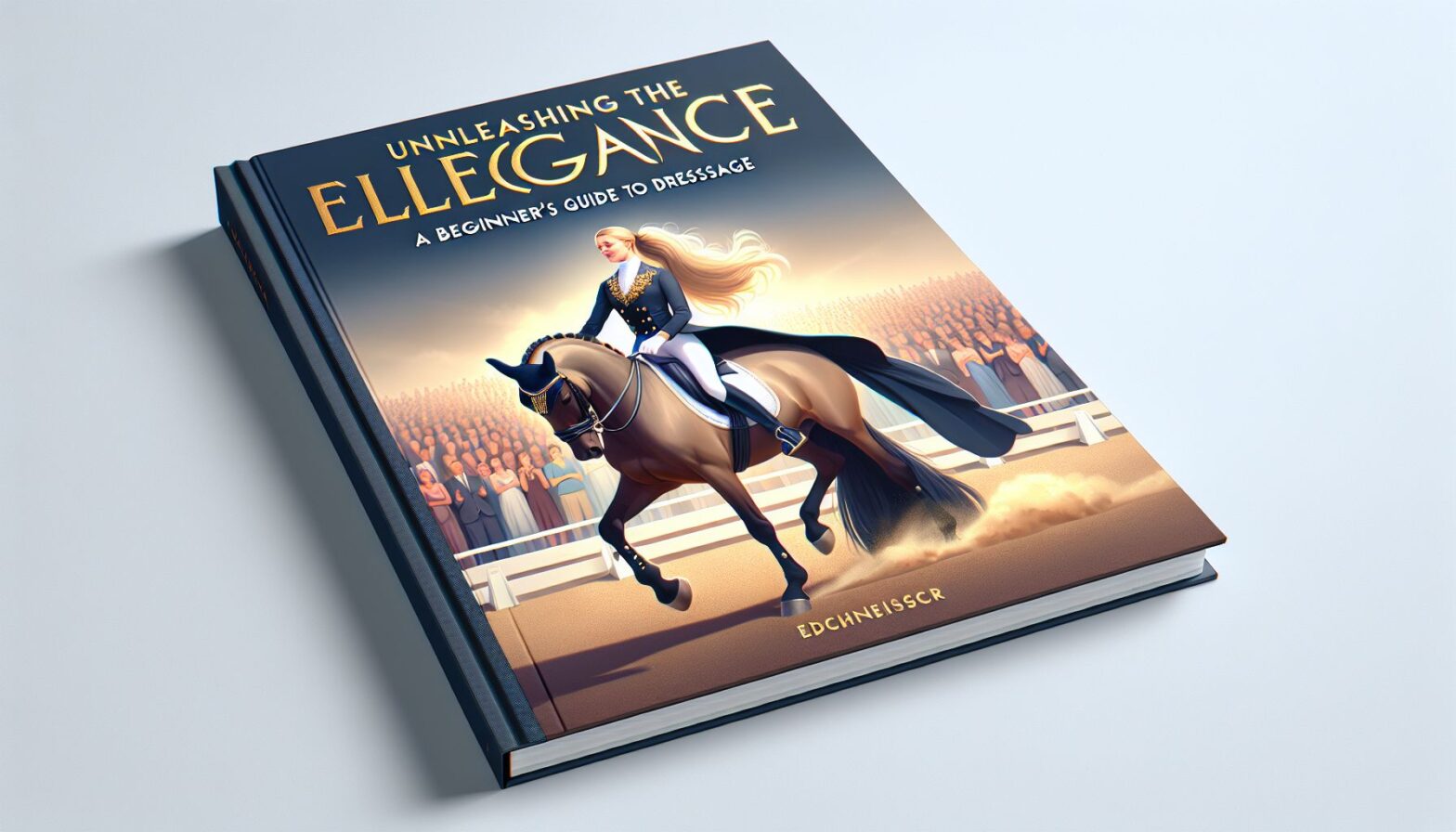If you have ever watched horses gracefully trotting, cantering, and pirouetting in synchronization with their riders in perfect harmony, you might have witnessed the art of dressage. Dressage is an elegant and sophisticated equestrian sport that is not only beautiful to watch but also requires a great deal of skill, patience, and dedication from both the horse and the rider. In this article, we will delve into the world of dressage and explore what makes it such a captivating and rewarding discipline.
What is Dressage?
Dressage, which originates from the French word for “training,” is often referred to as the ballet of horse riding. It is a competitive discipline where horse and rider perform a series of predetermined movements, known as “tests,” that showcase the horse’s athleticism, balance, and obedience. The ultimate goal of dressage is to develop a willing partnership between horse and rider, where the horse responds to subtle cues from the rider with precision and grace.
The Basics of Dressage
At the heart of dressage are the “dressage levels,” which represent the progression of difficulty and complexity in the movements performed by the horse and rider. There are several levels, starting from Introductory Level, where basic movements such as walking and trotting are introduced, all the way to Grand Prix, which features the most intricate and demanding exercises. Each level has its own set of requirements and tests that must be mastered before progressing to the next level.
The Dressage Arena
Dressage tests are performed in a rectangular arena with specific dimensions that are marked with letters around the perimeter. These letters serve as reference points for the rider to guide their movements and transitions during the test. For example, the letter A represents the beginning of the arena, while letters like C, M, and H are used to indicate the centerline, the middle of the short side, and the end of the arena, respectively.
The Movements
Dressage tests consist of a series of movements that are designed to showcase the horse’s suppleness, balance, rhythm, and obedience. Some of the basic movements include transitions between the gaits (walk, trot, canter), circles of various sizes, leg yields, shoulder-in, haunches-in, half-pass, and flying changes of lead. These movements require precise timing, coordination, and communication between the horse and rider to execute them correctly.
The Rider’s Role
In dressage, the rider plays a crucial role in guiding and communicating with the horse through subtle aids and cues. The rider’s position, balance, and aids must be harmonious and effective to allow the horse to perform the movements with ease and grace. Proper alignment of the rider’s body, relaxation, and clear communication through the seat, legs, and hands are essential for successful dressage performance.
The Horse’s Role
The horse, on the other hand, must be responsive, supple, and obedient to the rider’s aids. Through correct training and conditioning, the horse develops the strength, balance, and flexibility needed to execute the movements with precision and fluidity. A well-trained dressage horse will demonstrate a willingness to perform, a calm and focused demeanor, and a harmonious connection with the rider.
Benefits of Dressage
Dressage offers a wide range of benefits for both horse and rider. For the rider, dressage enhances balance, coordination, and core strength, as well as promoting mental focus, discipline, and problem-solving skills. It also fosters a deep bond and partnership with the horse, based on trust, respect, and communication. For the horse, dressage improves muscle tone, coordination, and flexibility, while also providing mental stimulation and a sense of accomplishment.
Getting Started in Dressage
If you are interested in trying dressage, the first step is to find a reputable dressage trainer who can guide you through the basics and help you develop the skills and knowledge needed to progress in the discipline. Lessons and clinics are essential for building a solid foundation in dressage, as they provide feedback, encouragement, and instruction on proper technique and performance. It is also important to have a well-trained dressage horse or pony that is suitable for your level of experience and ambition in the sport.
Conclusion
Dressage is a unique and rewarding equestrian discipline that celebrates the beauty, athleticism, and partnership between horse and rider. Whether you are a beginner looking to explore the world of dressage or an experienced rider aiming for the highest levels of competition, dressage offers something for everyone. With dedication, patience, and practice, you can unlock the elegance and grace of dressage and experience the joy of dancing with your horse in perfect harmony. So, saddle up, take the reins, and embark on a journey of discovery and mastery in the captivating world of dressage.
So, why wait? Unleash the elegance of dressage and let your inner equestrian shine on the dance floor of the arena. Happy riding!
